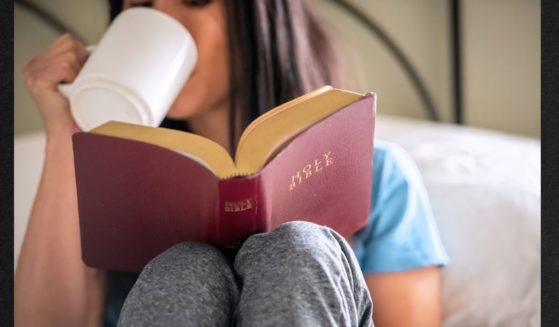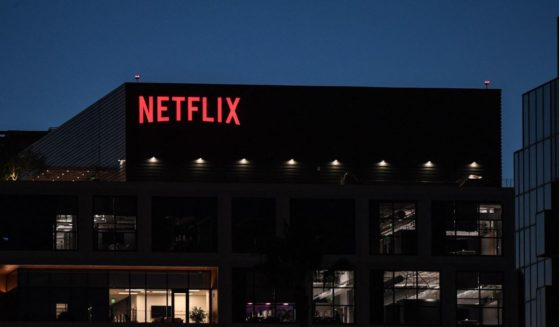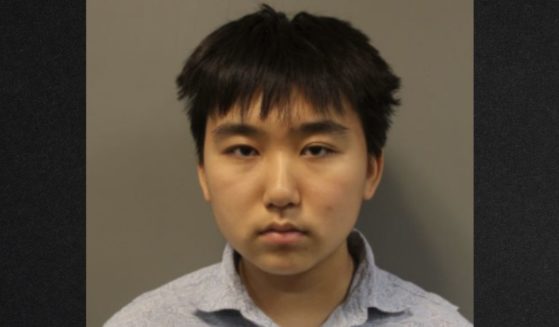Justice Department Will Offer Grants for Panic Buttons in Public, But Not Private, Schools
Schools across the country can get up to $200,000 in federal funds to buy panic buttons that would alert law enforcement of an emergency faster.
Tucked away in the omnibus spending bill that President Donald Trump signed Friday was language that allows for Department of Justice grants to pay for schools to buy devices similar to the panic buttons that are in banks.
The Department of Justice would cover 75 percent of the cost of the devices’ initial installation up to $200,000, which is what the office of Illinois Congressman Mike Bost, who wrote the original bill, said is the approximate cost for the systems.
Total costs would vary depending on the size of the district.
Some security systems require a phone connection to maintain a communication between it and law enforcement.
The DOJ grant would not help with that cost, according to the law’s language.
Bost, a Belleville Republican and former first responder himself, told House members that the technology would give first responders valuable time to address an unfolding emergency.
“We already have panic buttons to protect investments in our banks,” he said in March.
“There’s no greater investment in the country than our children.”
Rep. Brad Schneider, D-Ill., supported the bill.
He said that it will make school safer for students.
“The technology will ensure students and teachers will have a more immediate method of notifying law enforcement and first responders in case of a medical emergency, an active school shooter incident or natural disaster,” he said.
Intentional misuse of the panic buttons, similar to misuse of fire alarms, would be handled by local officials, Bost’s office said.
Schools have until fiscal year 2021 to act on the offer.
The program is not available for colleges, universities or private K-12 schools.
A version of this article appeared on the Watchdog.org website.
Truth and Accuracy
We are committed to truth and accuracy in all of our journalism. Read our editorial standards.











